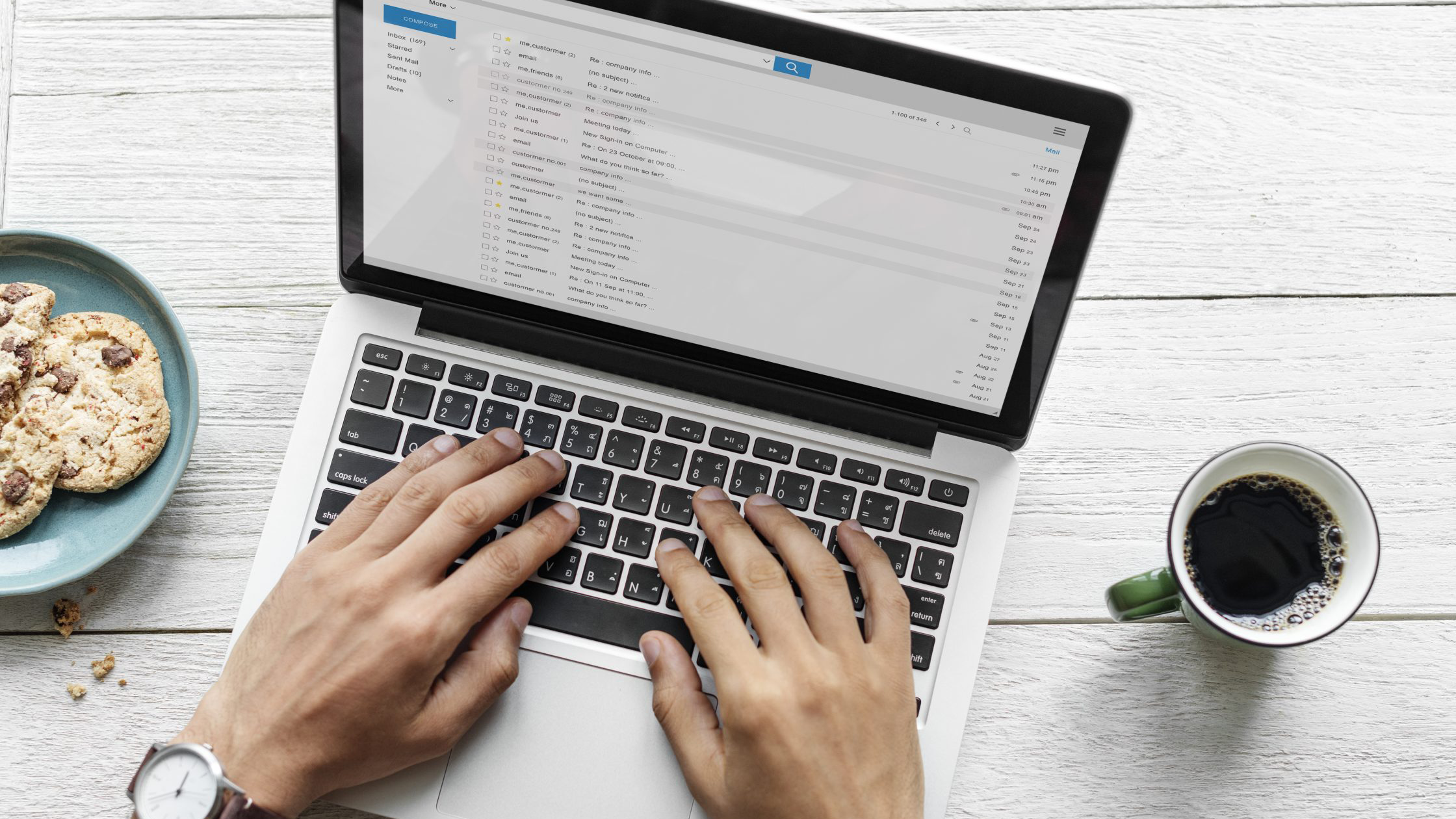Welcome to our comprehensive guide on How to Write Follow-up Emails in 2024. In today’s digital communication era, mastering the art of follow-up emails is more crucial than ever. Whether you’re a job seeker, a marketer, or a business professional, knowing how to follow up effectively can make a significant difference in your communication strategy. This guide is designed to help you navigate through the nuances of follow-up emails, from timing and content to personalization and avoiding common pitfalls. Let’s dive in and discover how to create follow-up emails that not only get noticed but also generate the responses you need.
Benefits of Sending a Follow-Up Email
Sending a follow-up email is a strategic move in professional communication, signaling your ongoing interest and proactive approach. It’s not just about making another touchpoint; it’s a chance to remind the recipient of your previous interaction, refresh their memory about your qualifications or proposals, and demonstrate your continued enthusiasm. Moreover, it provides an opportunity to clarify any uncertainties regarding the status of your initial communication, thereby keeping you active in the recipient’s mind and potentially propelling your request or application forward.
When to Write a Follow-Up Email
Timing is crucial when sending a follow-up email. Ideally, you should wait one to two weeks after your initial contact. This interval respects the recipient’s time to process your first message and avoids any impression of impatience or desperation. By waiting this period, you demonstrate a professional understanding of business processes and give your recipient adequate time to respond. Striking the right balance in timing shows you’re thoughtful and considerate in your approach, increasing the likelihood of a favorable response.
Components of a Successful Follow-Up Email
Subject Line: Your subject line should be engaging and informative, serving as a clear indicator of the email’s content. It’s the first thing the recipient sees and decides whether your email gets opened. The subject line should entice the reader, be reflective of the email’s purpose, and avoid being spammy.
Introduction: The introduction sets the tone for the rest of your email. It should be brief, polite, and context-setting, reminding the recipient of your last interaction and smoothly transitioning into the main content of your email.
Body: This is where you clearly state your purpose. The body should be concise yet informative, outlining your main points without overwhelming the reader. Stick to the essentials and make your request or update clear and straightforward.
Call-to-Action (CTA): A specific and action-oriented CTA guides the recipient on the next steps. Whether it’s asking for a meeting, a response, or further information, your CTA should be clear and direct.
Signature: Conclude your email with a professional signature that includes your full name, position, company, and contact information. This not only conveys professionalism but also provides the recipient with all the necessary details to contact you back.
Personalization is Key
Personalization in your follow-up email is crucial. It shows you’re addressing the recipient as an individual, not just another name on your contact list. Referencing past interactions, using their name, and tailoring the content to their interests or business needs can significantly increase the impact of your message. Personalization builds a connection and demonstrates your attention to detail, which can be pivotal in achieving your email’s objective.
Optimal Timing
Finding the perfect timing for your follow-up email is a delicate balancing act. You should aim to give the recipient enough time to have processed your previous message without letting too much time pass that your conversation lose its momentum. The ideal timing can vary depending on the nature of your relationship with the recipient and the context of your industry. However, the general guideline is to wait a few days before sending your first follow-up. For subsequent emails, consider extending the interval to avoid appearing pushy.
Avoid Common Mistakes
Avoiding Aggressiveness: It’s important to strike a balance between being assertive and respectful. Being overly aggressive or impatient can deter the recipient from responding. Instead, frame your follow-ups as helpful reminders or new insights related to your previous communication.
Clear and Precise Messaging: Your follow-up should have a clear and straightforward message. Ensure that your email’s intent is apparent from the beginning and maintain a focused narrative throughout. This clarity helps the recipient quickly understand your purpose and increases the likelihood of a response.
Avoiding Repetition: Each follow-up should add value to your ongoing conversation. Avoid repeating the same content; instead, provide new information or a different perspective that progresses the dialogue. This approach keeps your communications fresh and engaging.
As we conclude our journey through the essentials of crafting successful follow-up emails, remember that these are more than just a series of messages. They are opportunities to build and strengthen your professional relationships. Personalization, clarity, and proper timing are the key ingredients for emails that resonate and elicit responses. At Rebump, we understand the importance of effective follow-up strategies, and that’s why we’ve dedicated our efforts to helping professionals like you excel in this area. Interested in learning more?
Join us at our upcoming workshop on How to Write Effective Email Follow-Ups.
Visit Rebump Workshop Link for details and to register.
Enhance your email strategy with us and turn your follow-ups into successful conversations with Rebump! Start today your free trial.

